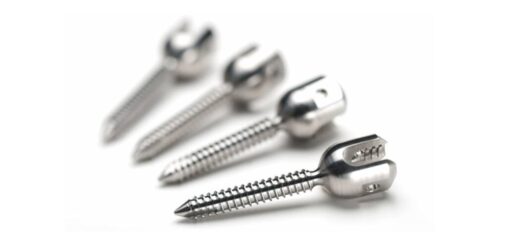For women, menopause, or the cessation of menses, is an obvious sign of aging. It is by no means the only change in the female reproductive system. There is a transition period called the climacteric that extends for many years before and after the last menstrual period.
For a woman, aging changes involve hormone levels, physical changes in the woman’s entire reproductive tract and psychological changes. Changes occur in the intricate relationship between the ovarian hormones and those produced by the pituitary gland (in the brain).
AGING CHANGES
Menopause is a normal part of a woman’s aging process. The ovaries stop releasing eggs (ova), and menstrual periods stop. Most women experience menopause around age 50, although it occurs before age 40 in about 8% of women. Prior to menopause, menstrual cycles often become irregular.
The ovaries become less responsive to stimulation by follicle-stimulating hormone (FSH) and luteinizing hormone (LH). To try to compensate for the decreased response, the body produces MORE of these ovary-stimulating hormones for a time. The level of these hormones will eventually decrease.
The hormones produced by the ovaries include the different forms of estrogen (including estradiol), progesterone, and prolactin. These hormones also decrease around menopause. The ovaries continue to produce small amounts of testosterone and some estrogen. The hormones produced by the pituitary gland are also decreased.
Because hormone levels fall, changes occur in the entire reproductive system. The vaginal walls become less elastic, thinner, and less rigid. The vagina becomes shorter. Secretions become scant and watery. The external genital tissue decreases (atrophy of the labia).
In both men and women, reproductive system changes are closely related to changes in the urinary system.
EFFECT OF CHANGES
Prior to menopause, fertility varies depending on hormone levels. Menopause is said to have occurred when there has been one year without a menstrual period. With menopause, reproductive capacity is lost.
Symptoms that accompany menopause vary in severity. Many of the symptoms are triggered by the hormone changes. Only about 20% to 30% of all women have symptoms that are severe enough that they seek medical attention.
Changes occur in the woman’s breast tissue at the same time as other reproductive changes. A woman may experience changes in her sex drive (libido) and her sexual response may change, but aging does not prevent a woman from being able to have or enjoy sexual relationships. Most often, things such as availability of a partner, symptoms from vaginal dryness, and psychological and social factors affect a woman’s sexual response more than direct aging changes.
COMMON PROBLEMS
The pubic muscles lose tone, and the vagina, uterus or urinary bladder can “fall” out of position. This is called vaginal prolapse, bladder prolapse, or uterine prolapse, depending on which structure collapses. A prolapse of any of these structures increases the risk of problems such as stress incontinence (urine leakage). Most prolapses can be treated.
Irritation of the external genitals can occur (pruritus vulvae). The vaginal walls become thinner and dryer and may become irritated (atrophic vaginitis). Sexual intercourse may become uncomfortable for some women (dyspareunia). There are changes in the levels of normal microorganisms in the vagina, and there is an increased risk of vaginal yeast infections.
Similar changes to the bladder and urethra may increase symptoms such as frequency and urgency of urination, and there is an increased risk of urinary tract infection after menopause.
Hot flashes, mood disturbances, and sleep disturbances are also common symptoms that occur during menopause. The causes of these changes are not well understood, but they are also related to the decreasing amount of estrogen produced by the ovaries.
Osteoporosis risk is greater in older women. This is, in part, caused by decreased estrogen levels.
PREVENTION and TREATMENT
Adequate lubrication (with a water-soluble lubricant) can help prevent painful sexual intercourse. A topical estrogen (applied inside the vagina) is sometimes recommended to help maintain the structure of the vaginal tissues. Sexual changes are most frequently related to factors other than simple aging.
Estrogen replacement (such as pills or patches) can prevent or reduce many of the symptoms associated with menopause, including vaginal atrophy and hot flashes. It also decreases the risk of complications such as osteoporosis. However, hormone replacement therapy (HRT) may have side effects such as vaginal bleeding, and it has been associated with a somewhat increased risk of breast cancer and heart disease. Each woman should discuss the pros and cons of estrogen replacement with her own health care provider.
**********************************************
* Excerpts compiled from A.D.A.M., Inc.










